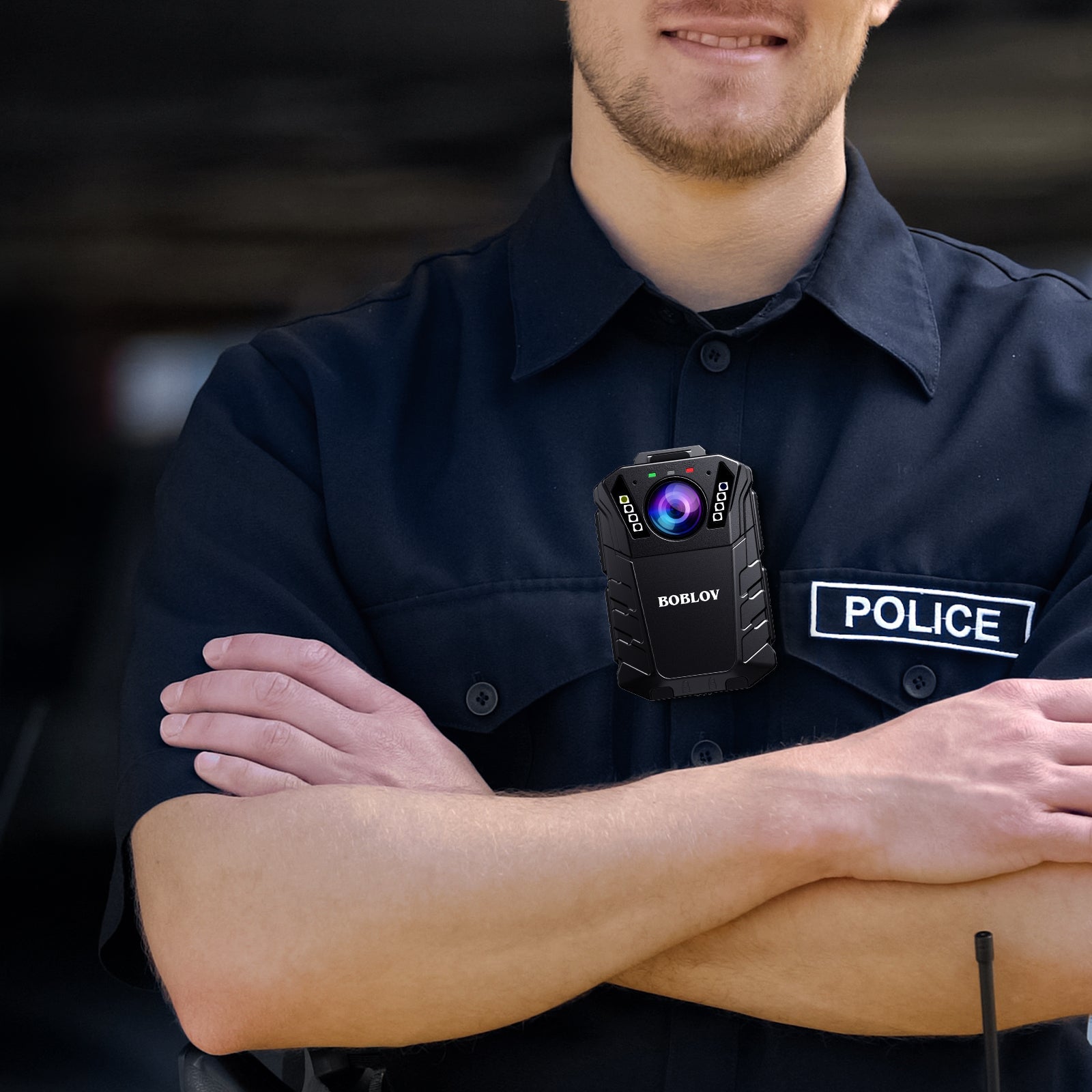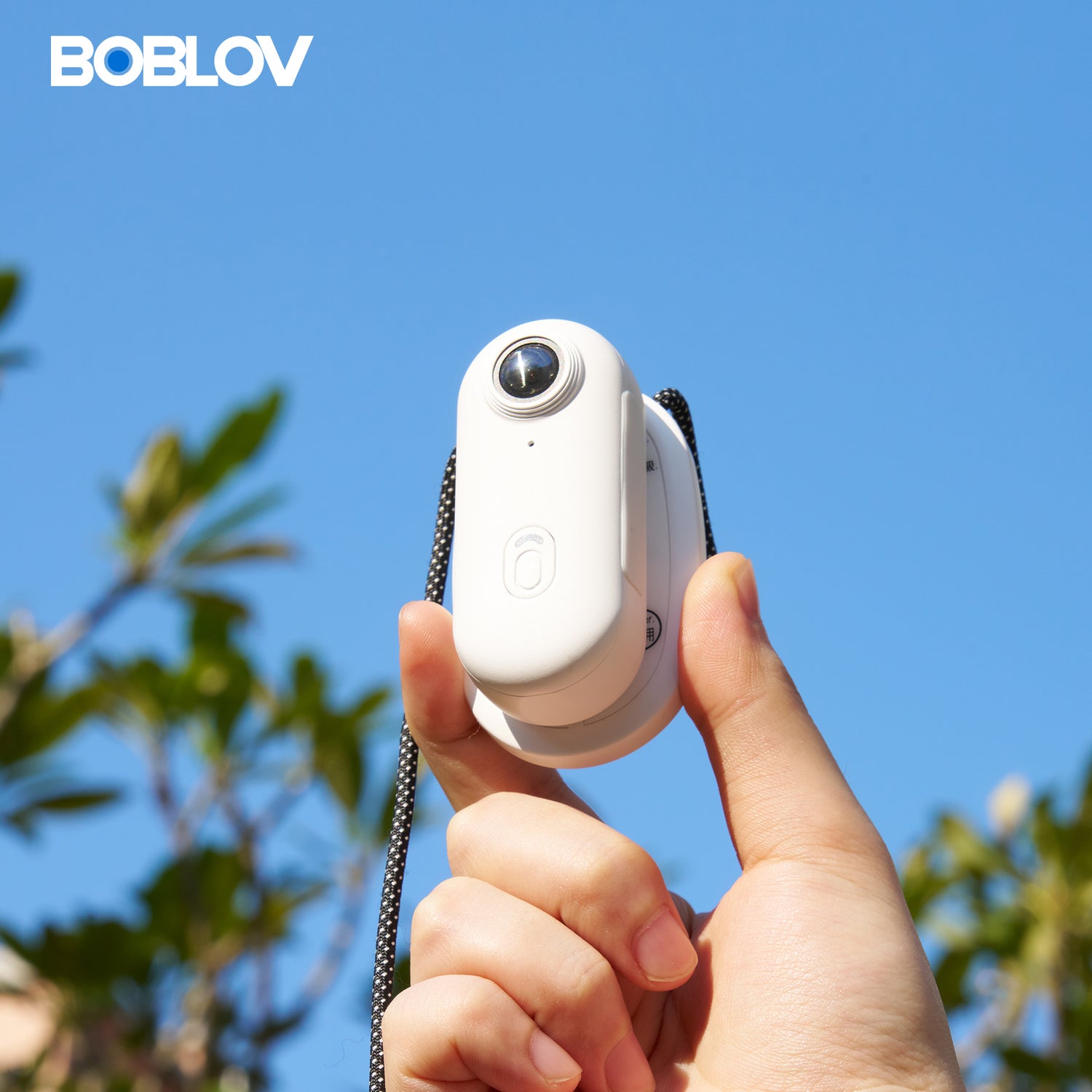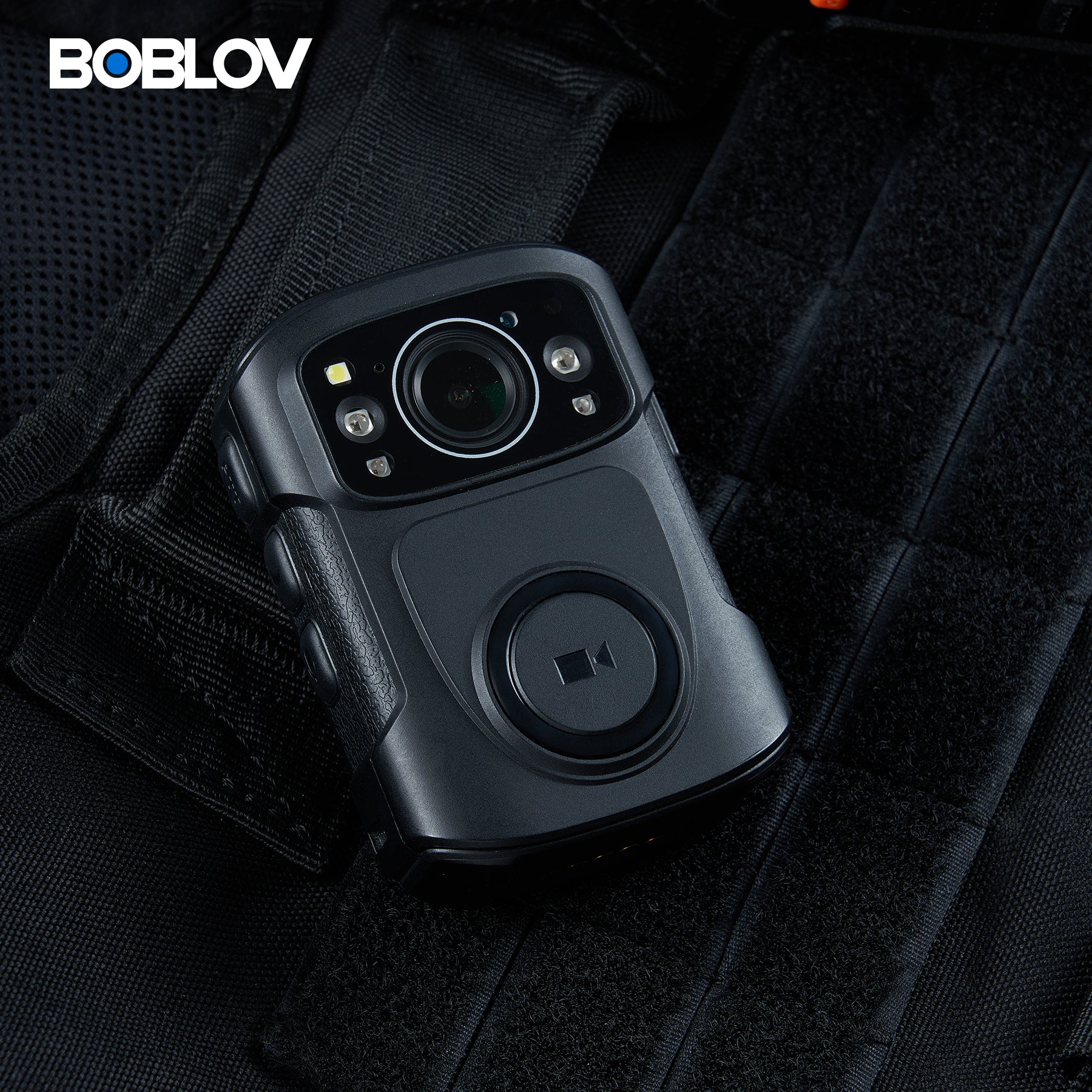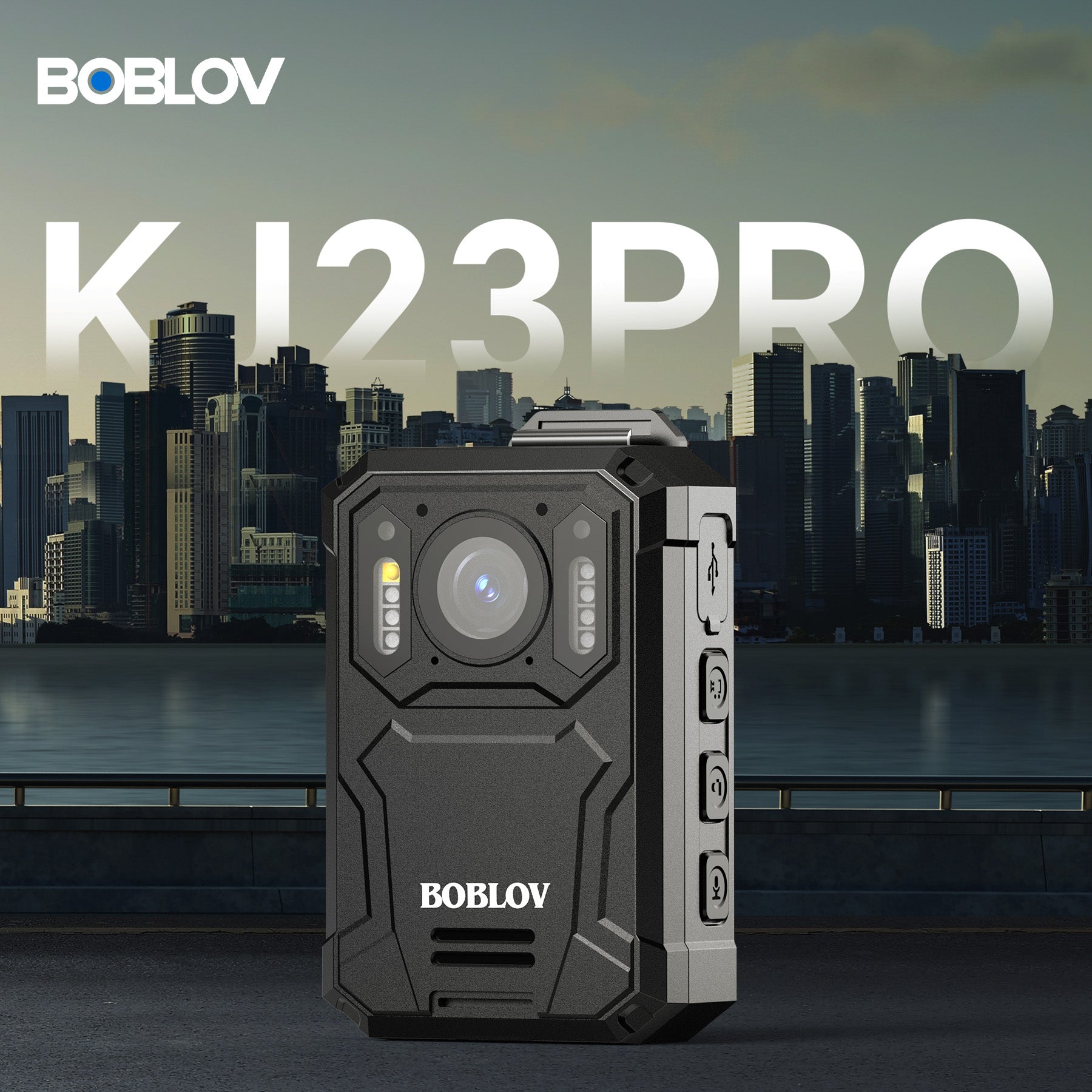Understanding the Importance of Body Cameras in Law Enforcement
The Role of Body Cameras in Modern Law Enforcement
Body cameras have become essential tools in modern law enforcement. They provide a clear record of interactions between officers and the public. These devices capture real-time footage, helping to resolve disputes and improve police accountability.

Body cameras offer several benefits:
- Increased transparency in police operations
- Better evidence collection for investigations
- Improved officer behavior and reduced complaints
- Enhanced training opportunities for law enforcement
As technology advances, body cameras continue to play a crucial role in shaping police practices and public trust.
Enhancing Accountability and Transparency with Body Cameras
Body cameras significantly boost accountability in law enforcement. They create an objective record of events, reducing reliance on conflicting testimonies. This transparency helps build trust between police and communities.
Key ways body cameras enhance accountability:
- Providing unbiased evidence in investigations
- Encouraging professional behavior from both officers and civilians
- Allowing supervisors to review officer performance
- Helping to quickly resolve complaints against officers
By promoting openness, body cameras contribute to fairer and more effective policing practices.
Legal Implications of Body Cameras in the United States
The use of body cameras in law enforcement raises important legal considerations. Privacy concerns, data storage, and public access to footage are key issues. States have different laws governing body camera use and footage release.
Some legal aspects to consider:
- Requirements for when cameras must be activated
- Rules for storing and accessing recorded footage
- Privacy protections for individuals captured on camera
- Use of body camera footage in court proceedings
As body camera use expands, laws continue to evolve to balance transparency and privacy rights.
Key Features to Look for in Body Cameras for Law Enforcement
High-Quality Video and Audio Recording
Effective body cameras must capture clear video and audio. High-resolution footage is crucial for accurately documenting incidents. Look for cameras with at least 1080p resolution and wide-angle lenses for a broad field of view.

Important recording features include:
- Night vision capabilities for low-light situations
- Image stabilization to reduce blur during movement
- Clear audio capture, even in noisy environments
- Adjustable frame rates for different recording needs
Quality recording ensures that body camera footage is useful for both evidence and training purposes.
Durability and Design for Extreme Conditions
Law enforcement body cameras must withstand tough conditions. Look for rugged designs that can handle impacts, extreme temperatures, and moisture. Cameras should be lightweight and comfortable for extended wear.
Key durability features to consider:
- Water-resistant or waterproof construction
- Shock-resistant casing to protect against drops
- Operating temperature range suitable for your climate
- Long battery life for extended shifts
A durable design ensures that body cameras remain functional in challenging situations.
Integration Capabilities with Law Enforcement Systems
Modern body cameras should easily integrate with existing law enforcement systems. This includes evidence management software and computer-aided dispatch systems. Look for cameras with secure data transfer and storage options.
Important integration features:
- Compatibility with evidence management platforms
- GPS tagging for location tracking
- Automated upload of footage to secure servers
- User-friendly software for organizing and reviewing footage
Good integration streamlines workflows and enhances the overall effectiveness of body camera programs.
Top Body Cameras Recommended for Law Enforcement Agencies
Leading Brands and Models of Body Cameras
Several brands offer high-quality body cameras for law enforcement. Top choices include Axon, Motorola, and Panasonic. These brands are known for reliability and advanced features.

Some popular models to consider:
- Axon Body 3: Known for its high-quality video and cloud storage options
- Motorola V300: Offers rugged design and long battery life
- Panasonic Arbitrator BWC: Features excellent low-light performance
When choosing a brand, consider factors like warranty, customer support, and compatibility with your agency's systems.
Innovations and Technological Advancements in Body Cameras
Body camera technology is rapidly evolving. New features are enhancing their capabilities and usefulness for law enforcement. Some exciting innovations include AI-powered analytics and real-time streaming.
Recent advancements in body cameras:
- Automatic activation based on specific triggers (e.g., drawing a weapon)
- Live streaming capabilities for instant situational awareness
- AI-assisted redaction for faster video processing
- Improved battery life and faster charging options
These innovations are making body cameras more efficient and effective tools for law enforcement agencies.
Cost-Benefit Analysis and ROI for Law Enforcement Agencies
Investing in body cameras requires careful consideration of costs and benefits. While initial expenses can be high, the long-term benefits often outweigh the costs. Agencies should consider both direct and indirect savings.
Factors to consider in a cost-benefit analysis:
- Reduction in complaint investigations and legal costs
- Improved officer safety and reduced use of force incidents
- Enhanced public trust and community relations
- Increased efficiency in evidence collection and case resolution
Many agencies find that body cameras provide significant return on investment through improved operations and reduced liability.




